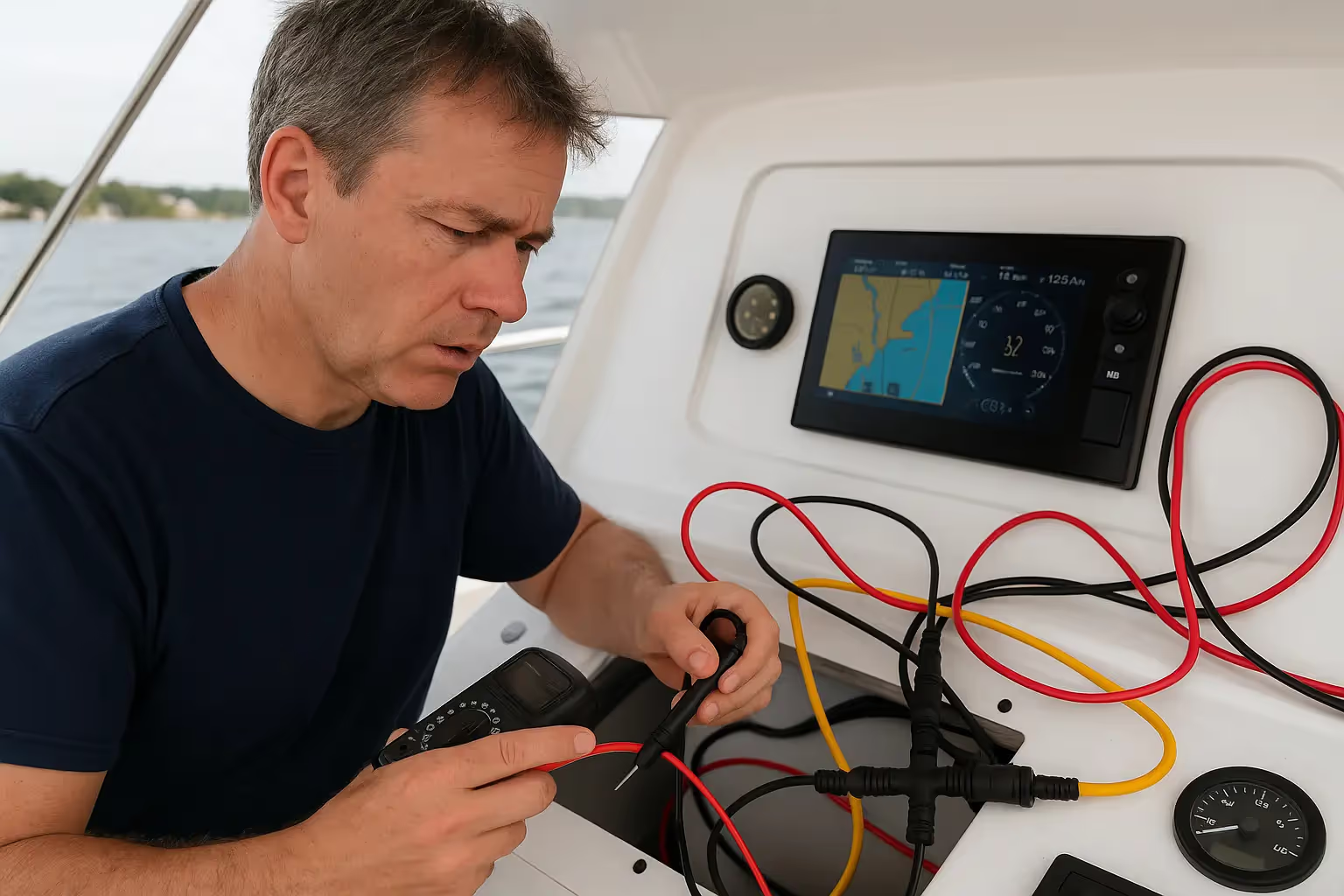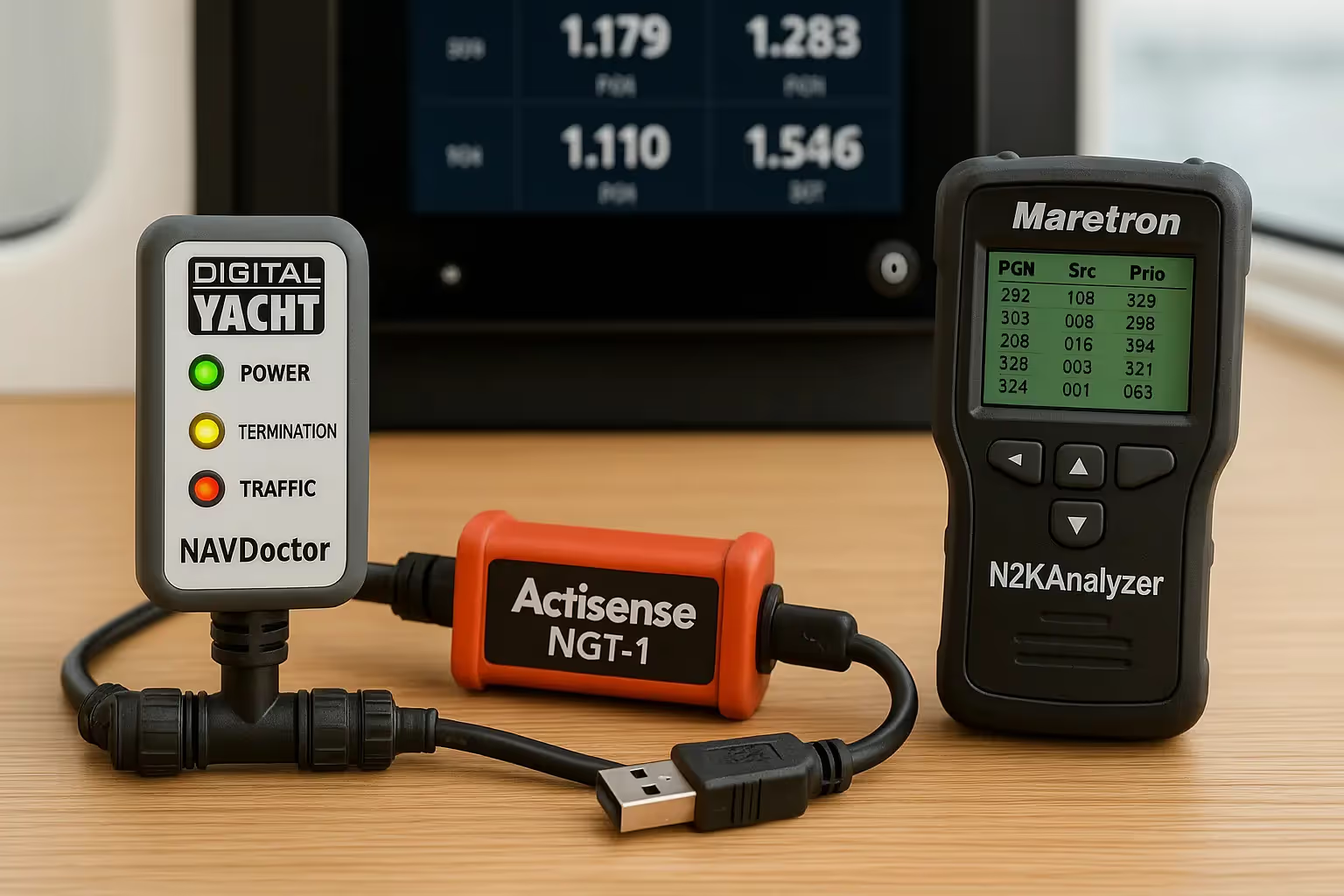Sailing Fundamentals: Essential Navigation Tips for Beginners

1. Latitude and Longitude: The Global Grid System
Embarking on a voyage across the enchanting expanses of the sea requires a foundational understanding of the global positioning system, neatly encompassed by the concepts of Latitude and Longitude. At first glance, these may appear as invisible lines crisscrossing our globe, yet their utility in navigation unfolds a realm far beyond mere imaginary geodetic structures.
Latitude, the horizontal lines dancing parallel across the Earth, orchestrate a symphony that ranges from 0° at the equator to 90° at the celestial North and South Poles. Imagine that you are circling the globe horizontally, each loop marking different latitudinal points, guiding you in a rhythmic motion from the warmth of the equator to the frigid extremities of the poles.
Venturing longitudinally, Longitude lines carve the Earth vertically from pole to pole. Originating from the Prime Meridian in Greenwich, England, they sprawl 180° eastward and westward, crafting a framework that meticulously intersects with latitudinal lines, generating a comprehensive grid system. This provides a reliable structure for determining one’s position at sea with incredible precision that can be the determining factor between a successful sail and an unfortunate misadventure.
In the past, mariners gazed upon the celestial bodies, leveraging the steady patterns of the stars and the predictable journey of the sun to calculate their coordinates based on these imaginary lines. Today modern sailors are blessed with sophisticated gadgets and GPS systems, but this ancient knowledge of pinpointing one’s location using latitude and longitude retains its critical status in the contemporary seafarer’s skillset.
Having an understanding of the dance between latitude and longitude not only guides a sailor through the boundless oceans but also anchors them in the rich maritime traditions from which our seafaring ancestors once sailed. Modern aids are highly accurate and fast, but we cannot overlook the importance of traditional tools. Beginners must have a good understanding of these so that they can still safely navigate to port should technology fail them.
2. Tools of the Trade: Navigating the Seas
The vast, rhythmic ocean demands respect, pushing mariners to unravel its mysteries through time-tested navigation tools. Although technology has etched its prowess across various domains when it comes to voyaging across the boundless sea, traditional navigational tools emerge as silent yet steadfast guides, embracing dependability and simplicity.
The compass, arguably one of the most invaluable assets aboard in days gone past and today, spins its magnetic needle, unerringly pointing towards the magnetic north. This reliable guide guarantees that sailors steer a straight course to a heading despite the erratic nature of the sea. While the magnetic north does not align perfectly with the true north, understanding and accounting for this variation (declination) equips sailors with the ability to navigate accurately.
Venturing deeper, the utility of nautical charts unveils countless maritime secrets, detailing coastlines, depths, obstructions, and pertinent details crucial for safe passage. Charts serve as a sailor's eyes, unveiling underwater topography and potential hazards lurking beneath the waves, ensuring that the vessel traverses through the waters unscathed. On top of this, the inclusion of additional information like anchorages and moorings, tidal data, and magnetic variations amplifies their pivotal role in maritime navigation.
Dividers, despite appearing simple, are quite effective when used in conjunction with charts to calculate distances and plot courses. With one point anchored at the starting locale and the other extending towards the destination, dividers quickly translate the journey into a quantifiable distance, bridging the gap between the unknown and the planned.
With their many colors and shapes, navigational aids like buoys and markers become quiet sentinels of the sea, whispering instructions that lead vessels through safe passages and alert them to hidden dangers. Whether indicating the safe side to pass (red for port/left and green for starboard/right) or revealing information about the vessel’s position in relation to potential hazards, these markers etch pathways upon the water, delineating routes for sailors to travel confidently inshore. The Portland Rose is also a great tool as it allows navigators to take sitings and use the information gathered to determine their course to steer.
Embarking upon the vast expanse of the ocean requires courage and a thorough understanding of these reliable instruments of nautical navigation. It is in the symphony of compasses, charts, dividers, and buoys that sailors find harmony amidst the chaos, steering forth into adventures with knowledge as their true north. As beginners immerse themselves in this timeless wisdom, they navigate the seas and the rich tapestry of maritime lore, anchoring themselves firmly within the ebbs and flows of sailing's timeless journey.
3. Diving into Admiralty Charts: A Closer Look
Admiralty Charts—a beacon illuminating the complex and enigmatic path across the boundless ocean. But what underlying mysteries and codifications lie within these sheets, and how does a sailor decode them to secure passage through the mercurial seas?
An immediate, but often underappreciated aspect of these charts is the Scale. Smaller-scale maps are best for open-sea cruises and early preparation since they cast a wide net and offer a generalist perspective. Larger-scale charts, on the other hand, depict a precise picture and concentrate on confined areas like harbors, making them indispensable when accuracy and in-depth understanding of the surroundings are crucial. Thus, understanding the scale and choosing an appropriately detailed chart is paramount to safe and efficient navigation.
Delve deeper and you’ll encounter Tidal Diamonds—symbols that harbor vital tidal stream information. These diamonds and their corresponding tables are generally positioned at the chart’s edge, and provide insight into tidal directions and velocities at specific locations during various stages of the tide. For sailors, properly interpreting these diamonds becomes a key to harnessing tidal currents, allowing them to navigate with the natural flow of the ocean.
Within the chart’s rich tapestry, the Compass Rose—often depicted as a decorative flourish—serves a purpose far beyond mere aesthetics. With outer and inner circles representing true and magnetic north respectively, it helps sailors with making vital corrections, accounting for local magnetic variation, and ensuring courses steered are accurate and true.
Various symbols and notations cast a veil across the chart, each carrying a particular significance. Warnings emerge as critical markers, signaling areas where dangers such as submerged rocks, shallows, or shipwrecks lurk beneath the waves.
Moreover, the Position of Markers and Buoys is demarcated meticulously. From lateral markers indicating the sides of channels to cardinal markers pointing away from dangers, understanding these symbols is essential for safe passage through intricate waterways.
Lastly, it is crucial to note the Validity Date inscribed upon every chart. The ocean is an ever-changing entity, with new hazards, altered seabeds, and shifting buoys, all of which are reflected in newer charts. An outdated chart may not note potential dangers, making it essential to make sure that your chart is the most recent version available.
Decoding an Admiralty Chart is an intricate process where each step—from understanding the scale to interpreting symbols—forms a path toward safe and informed navigation. It blends practical knowledge with the rich, seafaring heritage, ensuring that every sailor, with chart in hand, is guided securely by the collective wisdom of mariners past. In the delicate balance of art and science, Admiralty Charts are a testament to the timeless endeavor of safely navigating the boundless, mysterious sea.
Conclusion: The Importance of Traditional Navigation
Why is knowing these fundamentals important given the rise of technology like GPS and chart plotters? The sea is still erratic. Electronics can malfunction as a result of interference, battery loss, or water damage. In these scenarios, traditional navigation is the sailor's lifeline. Knowing how to use tools like a compass, understanding charts, and relying on markers can mean the world of difference between a safe journey and potential peril.
FAQs
Why do we still use tools like compasses and charts with modern technology available?
- Even with advanced technology, traditional tools are fail-safe. Batteries can die, and systems can malfunction, but a compass and a physical chart will always be reliable.
How do tidal diamonds help in navigation?
- Tidal diamonds give information on the tidal streams at various locations. This enables sailors to predict currents and modify their path and speed as necessary.
What's the difference between magnetic north and true north?
- True north is the geographical North Pole, while magnetic north is where the Earth's magnetic field points vertically downward. The difference between them is called magnetic variation or declination, which sailors need to account for when plotting courses.
How often are admiralty charts updated?
- The frequency varies depending on the area's changes. However, it's essential to use the most recent charts to ensure safe navigation, given the continually changing maritime conditions.
Why are there different scales on charts?
- Different scales provide varying levels of detail. A larger scale might detail a specific harbor, while a smaller scale provides an overview of a more extensive area, helping sailors during various stages of their journey.
















